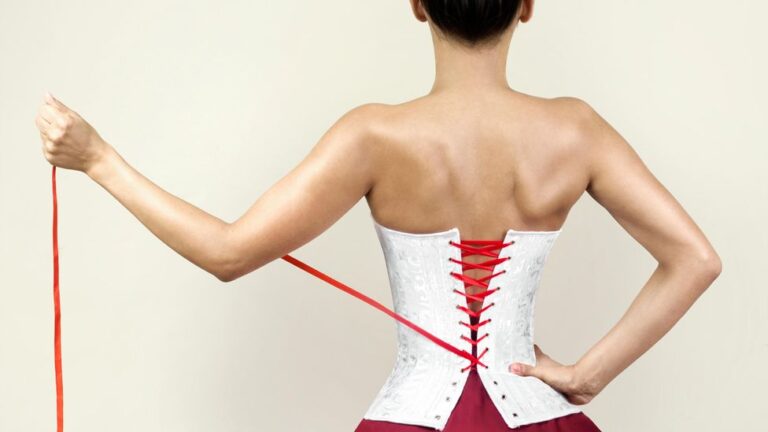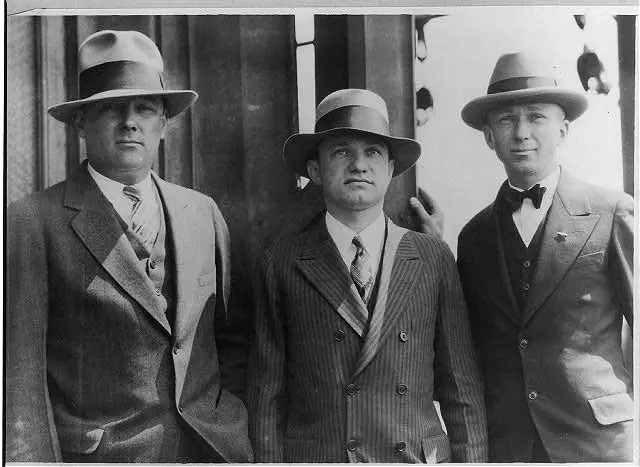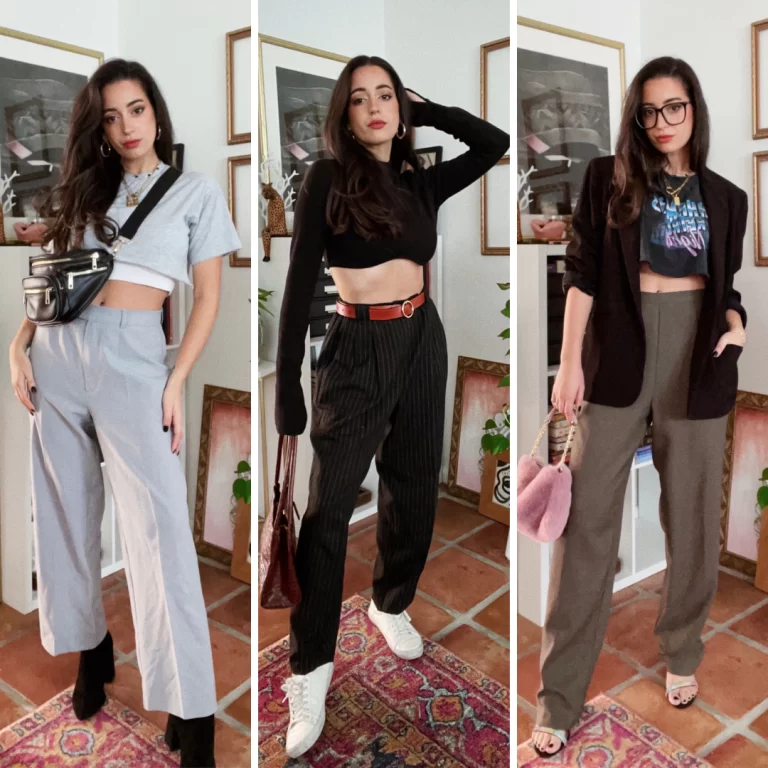9 Turning Points In History That Drastically Influenced The Fashion

Fashion is an ever-evolving art form that reflects the values and aspirations of society. Throughout history, there have been pivotal moments that have transformed the fashion landscape, leaving an indelible mark on the industry. From the decline of men's hats to the acceptance of trousers by women and the influence of iconic figures like Twiggy, these turning points reflect the dynamic relationship between fashion and societal changes.
In the early 20th century, men's hats were a symbol of sophistication and social status. However, as societal norms shifted and formality gave way to informality, men gradually abandoned the practice of wearing hats, marking a significant decline in their popularity. This shift not only changed the way men dressed but also redefined notions of masculinity.
Similarly, the embrace of trousers by women in the mid-20th century challenged traditional gender roles and sparked a revolution in women's fashion. As women actively participated in the workforce during World War II, practicality and functionality became key considerations in clothing design. Trousers became a symbol of liberation, empowering women to break free from restrictive dresses and embrace a more active and independent lifestyle.
Another notable turning point in fashion history was the rise of Twiggy in the 1960s. With her waif-like figure and androgynous style, Twiggy became the epitome of the thin ideal. Her influence on fashion and beauty standards cannot be overstated, as she redefined the concept of beauty and challenged the prevailing notions of femininity. Twiggy's popularity paved the way for a new era of fashion that celebrated a lean and slender physique.
As we delve deeper into the fascinating world of fashion history, we will explore these turning points and their profound impact on the industry. By examining the societal changes and cultural shifts that influenced these moments, we gain a deeper understanding of how fashion both reflects and shapes our ever-changing world.
9 Turning Points In History That Drastically Influenced The Fashion
- The Rise of Sunglasses in the 1920s
- Coco Chanel's Little Black Dress
- The Decline of Corsets
- The Fedora Hat's Rise to Prominence
- Aerobics and the Leggings Trend
- The Origins of Board Shorts
- The Decline of Men's Hats
- Women Embrace Trousers
- Twiggy and the Thin Ideal
1.The Rise of Sunglasses in the 1920s

READ ALSO » 17 Fashion Names To Know Now According To Cult Instagram, Up Next Designer
At the onset of the 1920s, sunglasses gained popularity among movie stars not only as a means to shield themselves from adoring fans but also to conceal their red eyes. The bright lights used in movie sets emitted intense ultraviolet light, causing actors' eyes to redden. In 1929, Sam Foster mastered the art of manufacturing affordable sunglasses, making them accessible to the public. Today, numerous brands like Ray-Ban, Gucci, Prada, Oakley, and Armani continue to produce a wide range of stylish sunglasses.
2. Coco Chanel's Little Black Dress

Coco Chanel revolutionized fashion by demonstrating that a black dress could be elegant and stylish. In 1912-1913, actress Suzanne Orlandi donned a Chanel little black dress made of velvet with a white collar. However, it wasn't until 1926, when Vogue showcased Chanel's long-sleeved little black dress, that it gained widespread popularity. Chanel's vision allowed people of all social backgrounds to exude sophistication and elegance, challenging the notion that black was solely reserved for servants. The little black dress remains a timeless and affordable fashion staple to this day.
3.The Decline of Corsets
For centuries, corsets were an essential undergarment for women in Europe, reaching their peak popularity during the Victorian era. However, in the mid-19th century, doctors began criticizing corsets for their negative impact on women's bodies. Women themselves started advocating for more comfortable clothing that allowed freedom of movement. By the 1920s, corsets had nearly disappeared from fashion, replaced by belts and elastic bras. Today, corsets are occasionally worn to accentuate a slim waistline.
4. The Fedora Hat's Rise to Prominence

At the turn of the 20th century, the Fedora hat became a prominent accessory in men's attire. Its popularity soared when Prince Edward VIII of Wales adopted it as his signature headwear. The Fedora hat had earlier gained traction among women through the influence of French theatre actress Sarah Bernhardt, who wore it as part of her costume in the play Fedora. Additionally, the Fedora hat became associated with female activists fighting for gender equality.
5. Aerobics and the Leggings Trend

In 1982, actress Jane Fonda's aerobics lessons, which emphasized fitness for housewives, became a sensation. Fonda's workouts showcased vibrant leggings in various colors, sparking a global trend. Leggings quickly became a staple in women's wardrobes, thanks to the widespread popularity of aerobic exercises.
6. The Origins of Board Shorts

As watersports gained popularity in the early 20th century, surfers sought swimwear that could withstand the impact of large waves. In Hawaii, local tailors crafted board shorts from thick canvas, incorporating waist lacing to prevent them from coming off. These practical shorts soon became fashionable among surfers and beach goers alike, solidifying their place in men's fashion.
7. The Decline of Men's Hats

Once a ubiquitous accessory, hats such as caps, Fedoras, boaters, and top hats were worn by almost all men. However, the popularity of hats gradually waned, with men eventually abandoning them altogether. One theory attributes this decline to the mass adoption of low-roof cars in the 1920s. With no need for hats as protection from the weather and the inconvenience of hats falling off when entering or exiting a car, men began wearing hats less frequently.
8. Women Embrace Trousers

READ ALSO » Top 10 Oldest Fashion Brands In The World
Until the late 19th century, trousers were exclusively worn by men, often enforced by societal norms and laws. However, the rise of bicycles in the late 19th century prompted women to seek more practical clothing options. Loose trousers gradually replaced voluminous skirts and dresses, providing comfort while riding. By the early 20th century, women began wearing full-length trousers, and influential figures like Marlene Dietrich and Katharine Hepburn popularized them. In 1939, Vogue featured women wearing trousers for the first time, cementing their acceptance in women's fashion.
9. Twiggy and the Thin Ideal

Twiggy, a British teenage model and cultural icon of the swinging '60s, revolutionized the fashion industry. Her slender figure challenged the prevailing notion of curvy models representing glamour. Twiggy's affordable casual outfits catered to thin individuals, inspiring women worldwide to aspire to a leaner physique. Her influence extended beyond clothing choices, as many women also embraced short hairstyles and vibrant short dresses.
